题目内容
阅读理解。
There are four seasons in a year in China. Spring comes in February. May, June and July make the
summer season. August, September and October make the autumn season. November, December and
January make the winter season. In different seasons people wear different clothes and do different things.
For example the weather is hot, so people usually wear cool clothes and do things like swimming, boating
or surfing.
Near the North Pole (北极) there are only two seasons. They are winter and summer. In winter,
nights are long. For more than two months you can't see the sun, even at noon. In summer the days are
long. For more than two months the sun never goes down and there is no night.?
The people living near the North Pole are called Inuit (因纽特人). In summer they live in tents and
catch deers (鹿) for food. In winter they live in small round snow houses. They can build a snow house
in two hours. They travel around by using dogs to carry their things. They make holes in the ice and
catch fish and seals (海豹). They eat much meat but not many vegetables.?
summer season. August, September and October make the autumn season. November, December and
January make the winter season. In different seasons people wear different clothes and do different things.
For example the weather is hot, so people usually wear cool clothes and do things like swimming, boating
or surfing.
Near the North Pole (北极) there are only two seasons. They are winter and summer. In winter,
nights are long. For more than two months you can't see the sun, even at noon. In summer the days are
long. For more than two months the sun never goes down and there is no night.?
The people living near the North Pole are called Inuit (因纽特人). In summer they live in tents and
catch deers (鹿) for food. In winter they live in small round snow houses. They can build a snow house
in two hours. They travel around by using dogs to carry their things. They make holes in the ice and
catch fish and seals (海豹). They eat much meat but not many vegetables.?
1. The two seasons near the North Pole are _____.?
[ ]
A. spring and autumn
B. summer and winter?
C. rainy season and dry season
D. spring and winter
B. summer and winter?
C. rainy season and dry season
D. spring and winter
2. You can't see the sun for _____ in North Pole in a year.?
[ ]
A. a season
B. a year?
C. more than two months
D. half a year
B. a year?
C. more than two months
D. half a year
3. Autumn in China _____.?
[ ]
A. is cold
B. lasts from August to October?
C. hot
D. come after spring
B. lasts from August to October?
C. hot
D. come after spring
4. Near the North Pole _____ in summer.?
[ ]
A. the days aren't long?
B. the nights are long?
C. there's no night for more than two months?
D. 24-hour days last two months
B. the nights are long?
C. there's no night for more than two months?
D. 24-hour days last two months
5. The people in the North Pole eat much _____.?
[ ]
A. vegetables
B. meat
C. milk
D. bread
B. meat
C. milk
D. bread
1-5 BCBDB

练习册系列答案
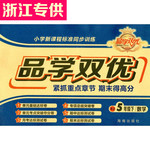 品学双优卷系列答案
品学双优卷系列答案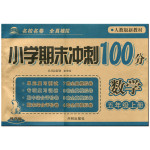 小学期末冲刺100分系列答案
小学期末冲刺100分系列答案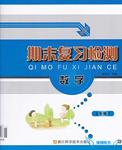 期末复习检测系列答案
期末复习检测系列答案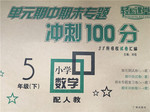 超能学典单元期中期末专题冲刺100分系列答案
超能学典单元期中期末专题冲刺100分系列答案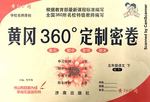 黄冈360度定制密卷系列答案
黄冈360度定制密卷系列答案
相关题目
| 阅读理解。 | ||||||||||||||||||||||||||||||
Mascota(吉祥物)for the Olympic Games
| ||||||||||||||||||||||||||||||
| 1. From the information above, we know the Olympic Games is held every _____ years. | ||||||||||||||||||||||||||||||
| A. 3 B. 4 C. 5 | ||||||||||||||||||||||||||||||
| 2. The mascots for Beijing Olympic Games are 2 more than those for _____ Olympic Games. | ||||||||||||||||||||||||||||||
| A. Sydney B. Los Angeles C. Atlanta | ||||||||||||||||||||||||||||||
| 3. The mascot for the_____Olympic Games was the first Olympic mascot in Olympic history. | ||||||||||||||||||||||||||||||
| A. 1996 Munich B. 1984 Beijing C. 1972 Munich | ||||||||||||||||||||||||||||||
| 4.The 23rd and 26th Olympic Games were held in the same _____. | ||||||||||||||||||||||||||||||
| A. town B. city C. country | ||||||||||||||||||||||||||||||
| 5. Which of the following information is NOT true? | ||||||||||||||||||||||||||||||
| A. The 1996 Olympic Games was held in America. B. The 27th Olympic Games was held in Europe. C. Beijing is getting ready for the 29th Olympic Games. |
 nothing before falling.
nothing before falling. 



